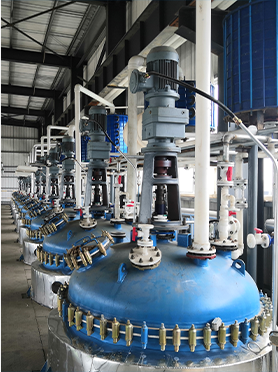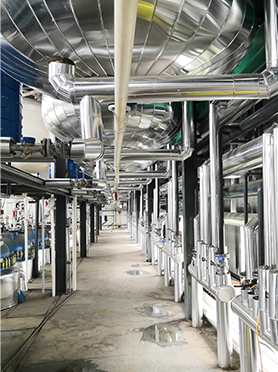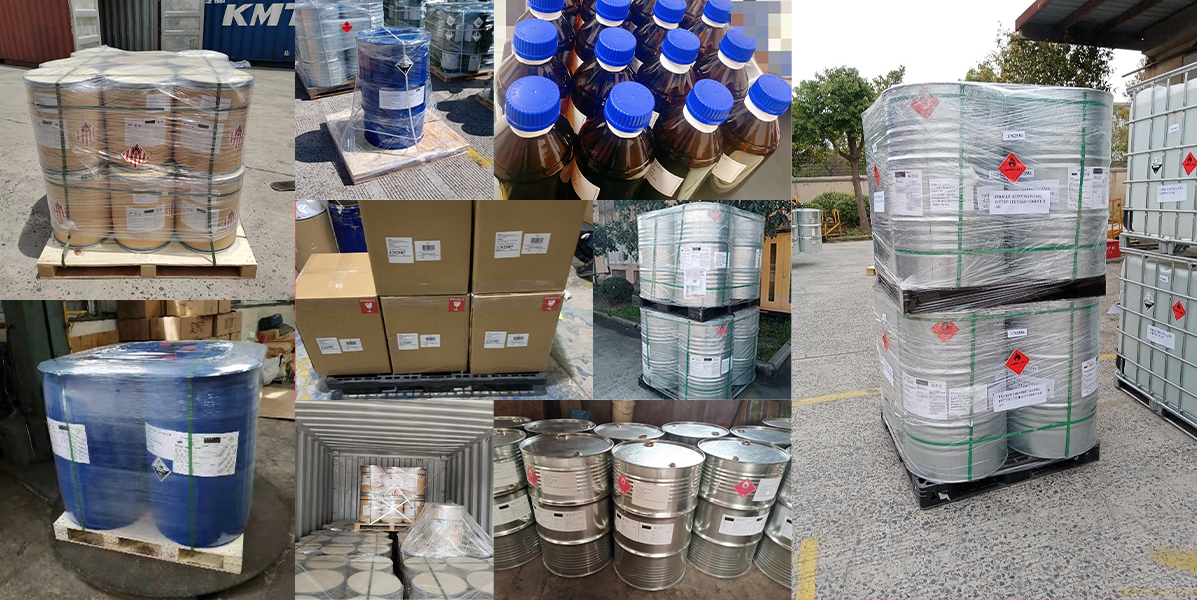In the complex landscape of chemical synthesis, selecting the right catalyst can profoundly impact reaction efficiency, product purity, and overall cost-effectiveness. For many advanced organic transformations, rhodium-based catalysts are indispensable due to their unique reactivity and selectivity. This guide aims to assist procurement managers and R&D scientists in understanding the considerations for choosing and sourcing these vital compounds, with a focus on Bromotris(triphenylphosphine)rhodium (CAS 14973-89-8).
Bromotris(triphenylphosphine)rhodium, a well-established organometallic catalyst, presents a compelling option for numerous applications. Its composition, C54H45BrP3Rh, features a central rhodium (I) atom coordinated by three triphenylphosphine ligands and a bromide anion. This specific structure imparts excellent stability and catalytic activity, particularly in homogeneous reaction systems. As a bright red solid, it is readily soluble in common organic solvents like dichloromethane, simplifying its integration into various reaction protocols. When considering its price, it's important to weigh this against the enhanced yields and reduced processing steps it can enable.
The primary utility of Bromotris(triphenylphosphine)rhodium lies in its catalytic prowess for two major reaction classes: hydrogenation and hydroformylation. In hydrogenation, it can selectively reduce double and triple bonds, as well as aromatic rings, under relatively mild conditions. This selectivity is crucial for synthesizing complex molecules where preserving other functional groups is essential. For hydroformylation, it catalyzes the addition of a formyl group (-CHO) and a hydrogen atom to alkenes, a key step in producing aldehydes, which are versatile intermediates for further chemical synthesis.
When looking to purchase Bromotris(triphenylphosphine)rhodium, several factors should be evaluated. Firstly, purity is paramount. Contaminants can poison the catalyst, reduce its effectiveness, or lead to unwanted side reactions. Reputable manufacturers will provide detailed Certificates of Analysis (COA) specifying the purity, typically 97% minimum for this compound, and the Rh content. Understanding the Rh content is also vital for accurate catalytic loading calculations.
Secondly, consider the supplier. A reliable supplier will not only offer competitive pricing but also ensure consistent quality, dependable delivery, and responsive customer service. For bulk requirements, establishing a long-term relationship with a trusted chemical manufacturer in China can offer significant advantages in terms of cost and supply chain security. They can often provide bulk packaging options and expedited shipping when needed.
Thirdly, understand the application. While Bromotris(triphenylphosphine)rhodium is versatile, certain specific catalytic tasks might benefit from other rhodium complexes with different ligand sets or counterions. Consulting with technical experts or reviewing literature on the specific transformation you aim to achieve can help confirm if this particular catalyst is the optimal choice. However, for general-purpose hydrogenation and hydroformylation, it remains a go-to reagent.
Finally, inquire about safety data sheets (SDS) and handling recommendations. While organometallic compounds are generally handled with care, understanding the specific safety protocols ensures safe laboratory and industrial practices.
In summary, when selecting a rhodium catalyst, evaluating purity, application suitability, and the reliability of your manufacturer and supplier are critical steps. Bromotris(triphenylphosphine)rhodium (CAS 14973-89-8) stands out as a highly effective catalyst for key organic transformations, and with careful sourcing, it can significantly enhance your synthetic capabilities.
Manufacturing Facilities






Professional Export Experience
to Global Customers

1. 20 years of R&D, manufacturing and sales experience, serving customers in 60 countries and regions around the world;
2. Own R&D laboratory, pilot platform and large-scale production workshop, which can meet the audit requirements of global customers;
3. We can satisfy customers' perfect transition from small scale lab requirements (gram level) to commercialization requirements (hundred tons level).
A: We don't have Minimum Order Quantity, exact quantity should be provided before quotation for us to calculate the exact cost.
A: We don't provide free samples due to lots of request and expensive international courier's cost, we can deduct the sample charge after commercial order placed.
A: Our payment terms: Small or sample order: T/T IN ADVANCE. Commercial order: First order should be by T/T IN ADVANCE or L/C at sight, and following orders T/T 30~90days is acceptable subject to approval of credit application.